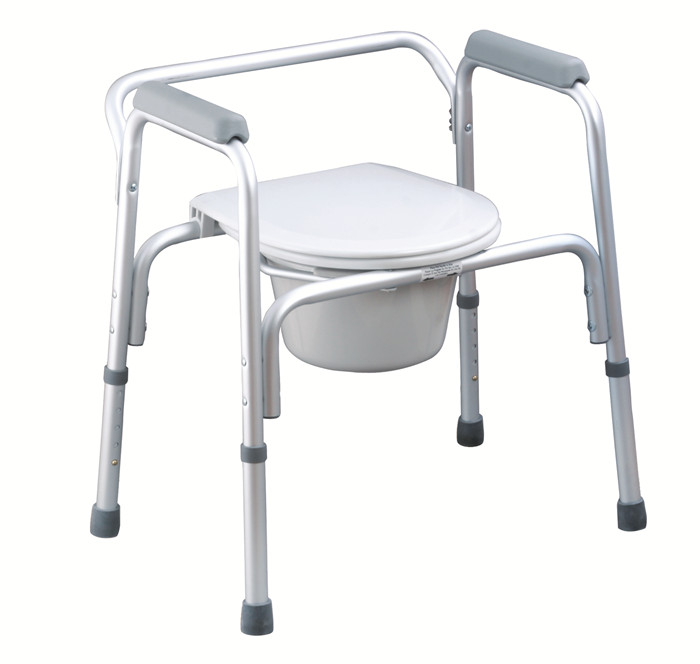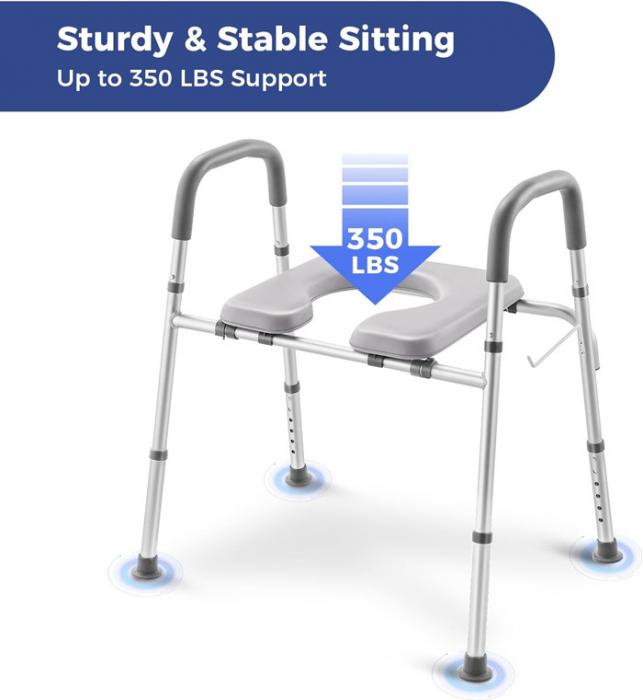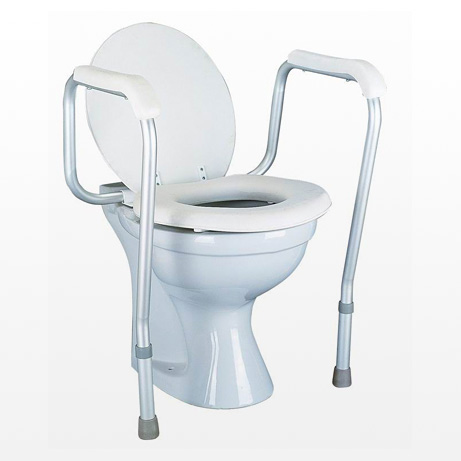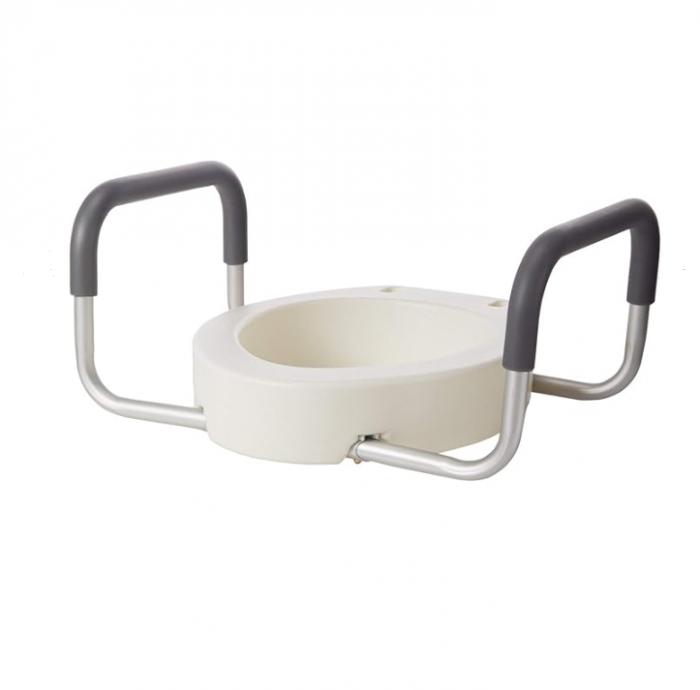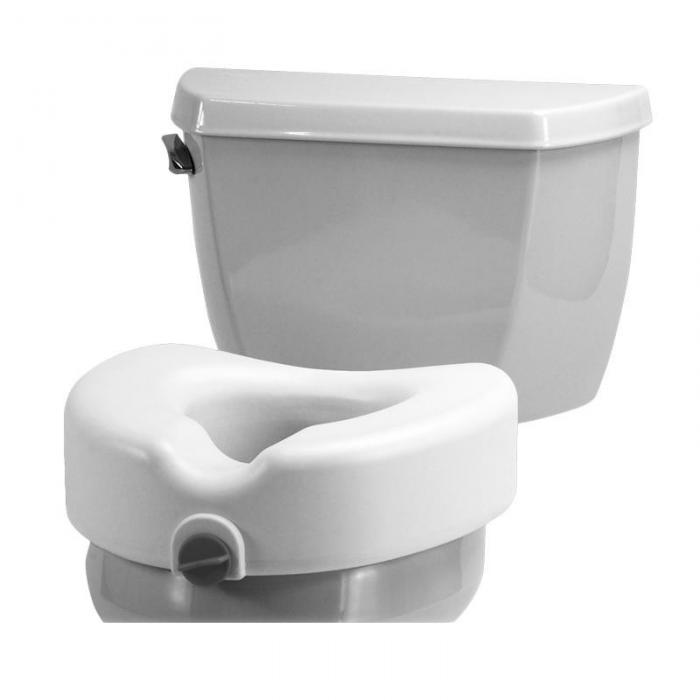| Name: | Standard Commode Chair 3 in 1 |
|---|---|
| Model No.: | BES-BS031 |
| Product Name: | Commode Chairs |
| Brand: | BESCO |
| MOQ: | 30 units |
| Keywords: | Commode Chairs,Commodes for Bedside & Bathroom,Commode Chairs for Mobility Support |
| Sample: | Available |
| Lead time: | 25 days |
| Price: | US28 |
| Country of Original: | China |
| Weight Capacity: | 120kgs |
| Payment Term: | T/T in advance |
| Frame Material: | Alloy steel |
| Port: | Guangzhou |
Products Description
Standard commode chair
Specifications:
Carton Size:660*660*660mm
Packing Quantity:4pcs/ctn
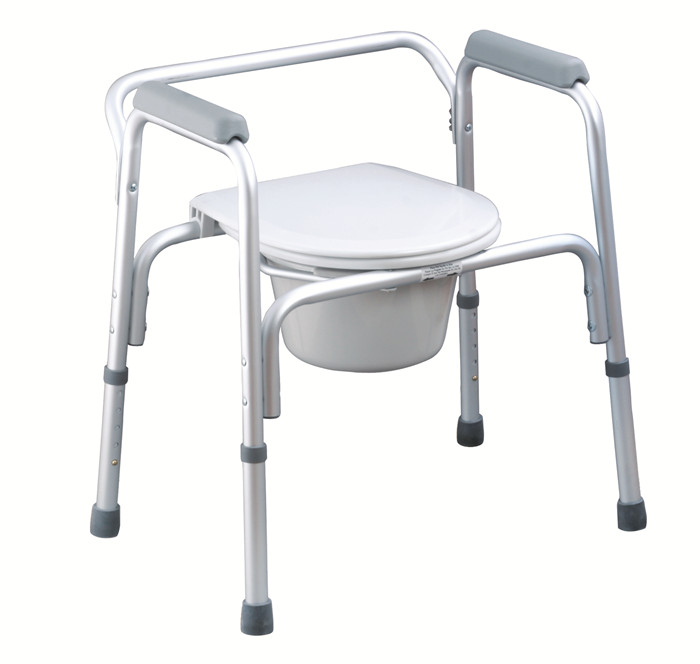
A commode chair is a portable chair with a built-in toilet used by people with limited mobility due to illness, injury, or disability, providing an alternative to a traditional toilet and bathroom. It features a seat, armrests for support, and a removable bucket to collect waste. Different types exist, such as stationary bedside models, rolling chairs for transport to showers, or folding versions for portability and storage.
Key Features & Benefits
Portability: Can be placed by a bed or in another convenient location for easy access.
Armrests: Provide support for users to transfer in and out of the chair and for stability while seated.
Removable Bucket: A detachable basin collects waste, which can be emptied and cleaned easily.
Stability: Features like non-slip feet, locking casters, or a stable frame ensure user safety.
Height Adjustment: Many models allow for adjustable leg heights to match the user's needs.
Drop-Down Arms: A common feature that facilitates easier transfers from a wheelchair or bed.
Types of commode chairs
Bedside Commode: A stationary chair with a removable bucket that is placed near a bed.
Rolling Commode/Shower commode chair: Designed for mobility, with wheels that allow the user to be transported into a shower or to a toilet.
Folding Commode: Can be folded for easy storage or travel, making it convenient for home use and when away.
Multi-Purpose (3-in-1) Commode: Can function as a bedside commode, a toilet safety frame, or a raised toilet seat.
Who Uses Them
Commode chairs are designed for individuals who: Are elderly with limited mobility, Have disabilities that make reaching the bathroom difficult, Are recovering from illness or surgery, and Need assistance with toileting.
To use a commode chair, adjust its legs so your feet are flat on the floor when seated, position the chair in a stable location, and ensure the bucket is properly in place. For transfer, stand facing away from the commode, reach for the armrests, and sit down slowly using equal pressure on both arms to avoid tipping. To get up, place both hands on the armrests, push up slowly, and then stand up fully before moving to your walker or standing unassisted.
Setting Up the Commode
Adjust Height: Sit on the commode and ensure your feet are flat on the floor with your knees at a 90-degree angle.
Position the Commode: Place the commode against a wall or furniture for stability.
Prepare the Bucket: Insert the commode bucket and any splash guard into the frame, ensuring it is secure.
Check Stability: Make sure all components are locked in place and that there are no loose parts.
Using the commode chair
Transfer to the Commode:
Back up until the back of your legs touch the commode.
Reach back for both armrests.
Gently and slowly sit down, placing equal pressure on both arms.
While Seated:
Ensure your feet remain flat on the floor.
Use the armrests to assist with standing.
Standing Up:
Place your hands on both armrests and push up evenly.
Stand fully to a standing position.
Ensure your feet are underneath you for balance before moving away from the chair.
Important Considerations
Hygiene:
Routinely clean the commode bucket and frame with a mild disinfectant like Lysol.
Safety:
Never use only one armrest to stand, as this can cause the chair to tip.
Maintenance:
Regularly check the rubber tips on the legs for wear and tear, as they can become brittle.
Commode Over Toilet:
If using the commode over a toilet, lift the toilet lid and then the seat, place the commode over the opening, and ensure proper height alignment before use.
